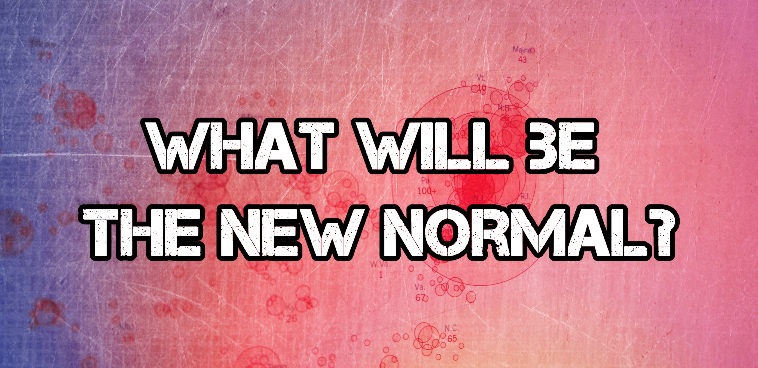There is uncertainty about exactly what follows the COVID-19 crisis phase in our daily lives, our business and the economy. Discomfort often accompanies uncertainty and may draw our thoughts to the days when everything seemed so normal.
Ironically, what we perceived as normal in the past was simply a point on a continuum of change to which we became accustomed. With this pandemic, the rate of change accelerated dramatically. The question for leaders today is, “What comes next?”
The next stage of new normal awaits being written. The economy is an aggregation of individual and organizational actions aligned with some set of objectives.
Following systemic shocks, some organizations wait until after the dust settles to interpret and take actions toward a new normal. An alternate approach is to begin defining a new normal for your business now. Here are five ideas on how to begin defining your organization’s next stage of new normal today:
- Recast a rolling quarterly strategic plan. Operating plans established at the beginning of 2020 have been rendered irrelevant. Economic recovery will range from gradual in some sectors to accelerated in others. Take a strategic approach to recasting plans by revisiting the organization’s vision, then deconstructing objectives into a new set of priorities and actions starting from today’s adjusted baseline. Initially set sights on results through year-end 2021, distilled into six quarterly milestones and adjusting subsequent quarterly expectations as the economy moves toward a new normal.
- Intentional discontinuation. Many organizations have reduced activities to business-critical operations only. Before assuming reactivation of all previous normal activities, take inventory of what resource investments no longer serve the business. This means identifying activities, processes, products or services that can be eliminated. By exploring questions about which activities have outlived their usefulness, leaders can free capacity to apply more effectively in the next new normal.
- New offerings. What new needs has your organization observed with customers during the crisis phase that may be of benefit in a new normal? Throughout history, new ideas and offerings have emerged from extraordinary environments. During World War I, to help soldiers avoid being distracted by their pocket watches, manufacturers attached straps to the watch faces they produced. The idea wasn’t new, but demand for wearable timepieces grew significantly following the war, allowing forward-thinking manufacturers a meaningful long-term growth opportunity.
- Adaptive disruption to capture transformational opportunities. Business leaders often think of disruption being initiated by a competitor or new entrant to their market. The COVID-19 event proves there are other sources of disruption. Leaders can use this unfortunate disruptor like they would an industry challenger — to examine their business models and reimagine their operating paradigms.
- Development opportunities. Leaders have learned about the efficacy of business continuations plans through the COVID-19 crisis phase. They have also observed strengths and developmental needs of teams as the nature of customer engagement and operations adapted quickly during crisis. How can you use these observations and learnings to build a long-term development plan for your organization?
The next new normal is being defined today. This is the time to develop your plan on how your organization will navigate its next chapter.
Dave Coffaro is a strategic advisor, executive coach and author. His areas of expertise include leading organizations in the process of strategy development and execution, change leadership, organization transformation and innovation. Coffaro is principal of the Strategic Advisory Consulting Group, a management consultancy, and co-founder of Atticus, a fintech firm providing individuals and professional advisors with easy to use, do-it-yourself tools for fiduciary-based activities. His new book is “Leading from Where You Are” (January 2020). For more information, visit Coffaro’s website.
If you enjoyed this article, sign up for SmartBrief’s free e-mails on leadership and business transformation, among SmartBrief’s more than 200 industry-focused newsletters.
